At this stage in the debate about Natural Hazard Management, there is already agreement that so-called "natural" disasters are really due to poor planning or lack of it.
And this is something that has enormous consequences both in terms of lives and material costs. You only have to look at the statement from the G20 summit in Los Cabos, Mexico, to fully understand the enormity of the problem. In light of the alarming rise in human & economic losses due to disasters, the leaders of the world's biggest economies drew attention to disaster risk management as part of development policies.
In 2011, there were unprecedented losses worldwide, which could reach up to US$380 billion. The reality is that adverse natural events will continue to happen and the negative impact they have on our societies depends on the level of preparation and planning to deal with them. This is the key message that forms part of any sustainable development agenda, as our report on 'Inclusive Green Growth in Latin America and the Caribbean' points out.
In fact, Latin America is one of the regions most at risk of natural events by sheer numbers: more than 80 percent of the population live in cities, and, according to recent projections, more than 1.5 billion people will be at risk of cyclones and hurricanes by 2050 – almost double the 680 million people in a similar situation 10 years ago, according to the Natural Hazards, Unnatural Disasters study.
Now, when talking about disaster preparedness and planning, we refer to how government agencies, both at a sectoral and local level, fulfill their share of responsibility for the hazards they are exposed to. At the sectoral level, planning used not to consider risk variables, assuming that preparing for disasters was the exclusive responsibility of civil defense or first-response teams.
Well, when talking about sustainable development in a sector we can give extensive practical examples of how it could fail to achieve its goals if it doesn't take the natural hazards they are exposed to into account.
Let's look at some practical examples. When we see on the news bridges, roads, schools and hospitals damaged in a disaster, we only see the physical destruction, but what isn't so clear is the value provided by this infrastructure.
Without a bridge, for example, there is no transportation. If the transport networks collapse, farmers and manufacturers cannot deliver products to their final destinations and the entire production line is affected The economic impact of the disaster reaches much further than the physical damage; it directly affects the public and private sector economies.
When government sectors assume their responsibilities with respect to risk management, they are much more likely sustain and fully achieve their objectives over time. This doesn't mean that the sector needs to be risk-savvy, but instead use expert advice to reduce existing risks and avoid future risks to its infrastructure.
This new form of planning presents several challenges. One being the inter-institutional coordination needed to clearly define the risk-management roles of the different entities. On one hand we have techno-scientific institutions charged with identifying the threats, weaknesses and risks; on the other, are the sectors and distinct local authorities which have to use the technical information to learn about and take decisions regarding these risks and prioritize actions in order to reduce them.
Another challenge is the technical information. Especially with regards to working out what information is available – which is often scattered and inadequate – how it should be shared and how it informs decisions. Only then can we invest in risk information to make better decisions based on the sectors' technical needs. On the other hand, however hard we try to avoid disasters and reduce their risk, there will always be natural events which have a negative effect on our societies. The crux of the matter is: how can we prepare to plan the most efficient response when faced with these situations?
The same holds true for the planning stage, the sectors and local authorities can prepare a better response to the event. Knowing the risk, we can create local and sectoral contingency plans, which are more in line with the possible outcomes. This way we can plan for different scenarios.
Societies looking for a sustainable development are characterized as being resilient, responding in an organized manner and recovering more efficiently from a disaster. Incorporating risk management into the planning process, both for the sectors as much as local authorities, allows those countries with public policies orientated towards development and growth to have a better chance of success that those which don't take them into account.
